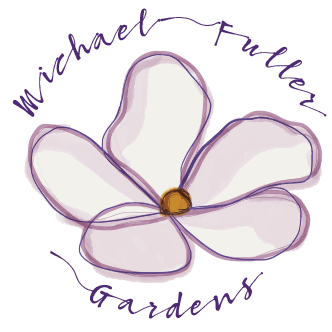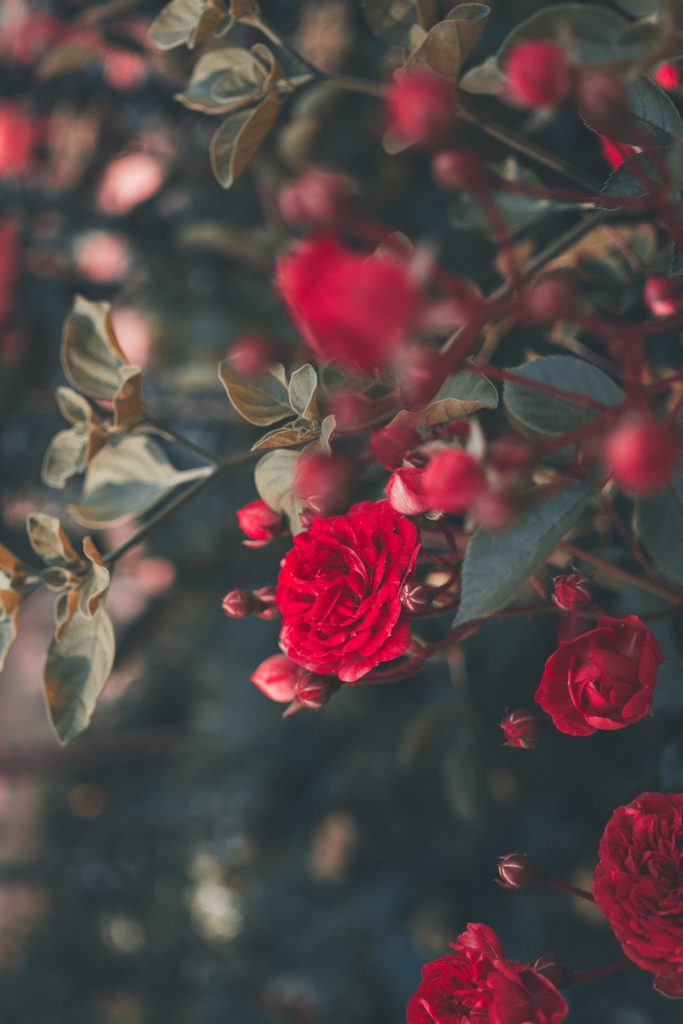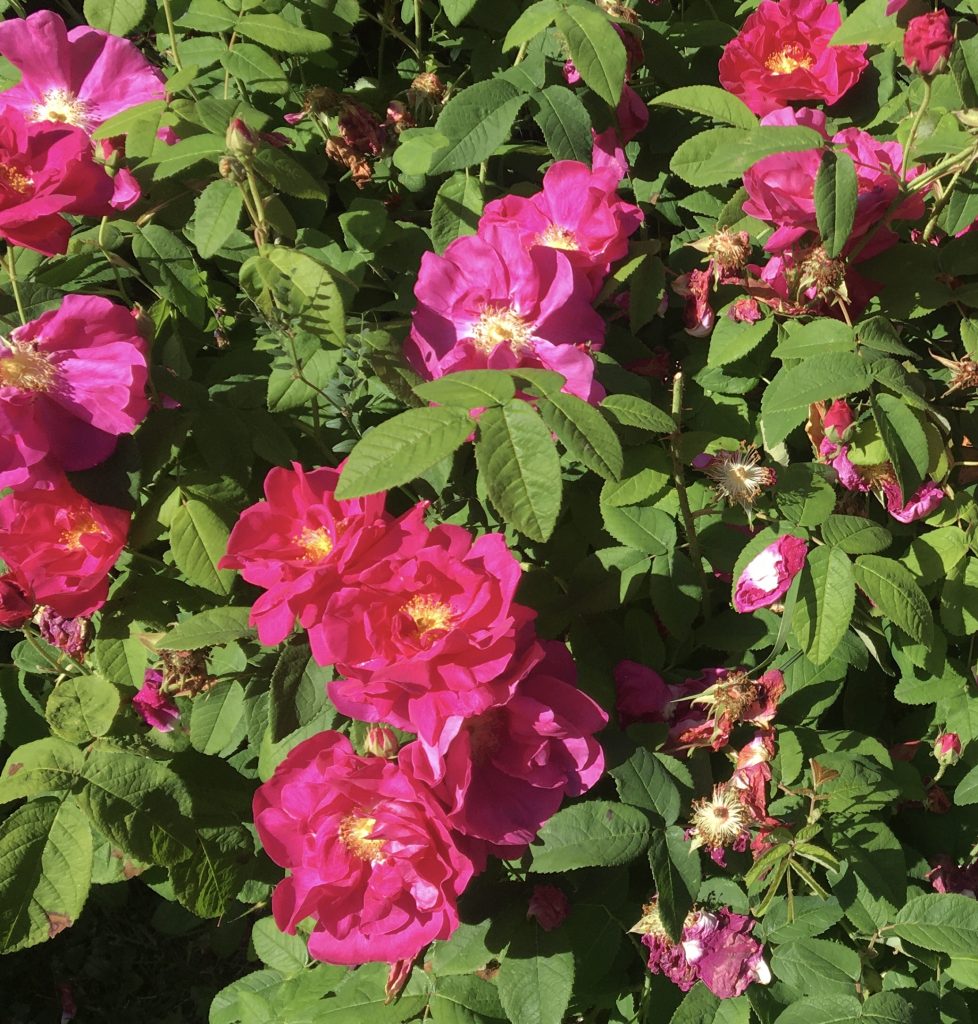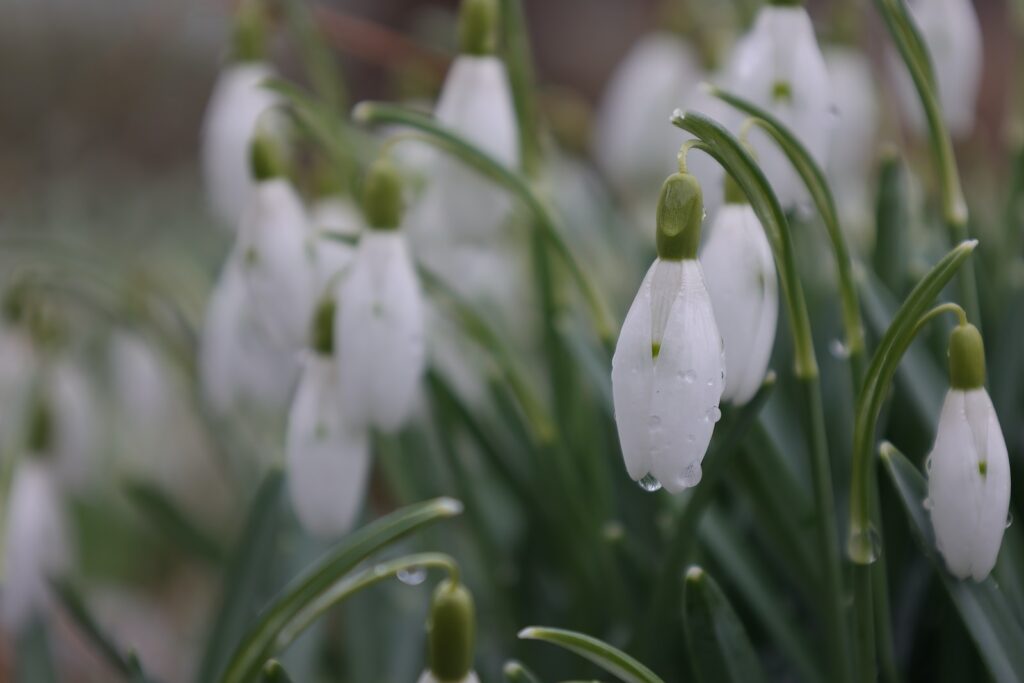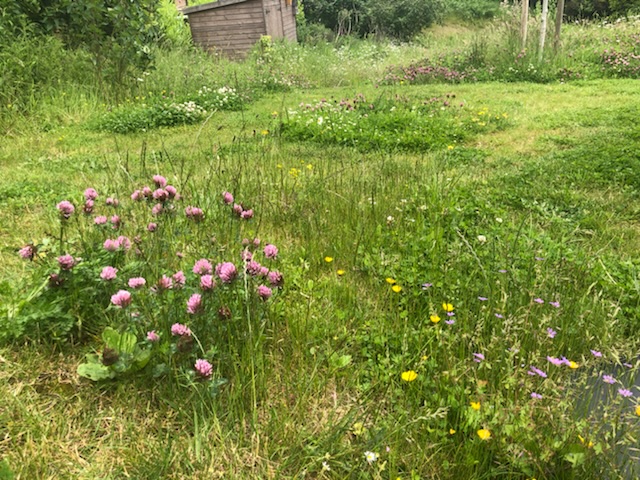How green is your grass?- lawn mowing and climate change.
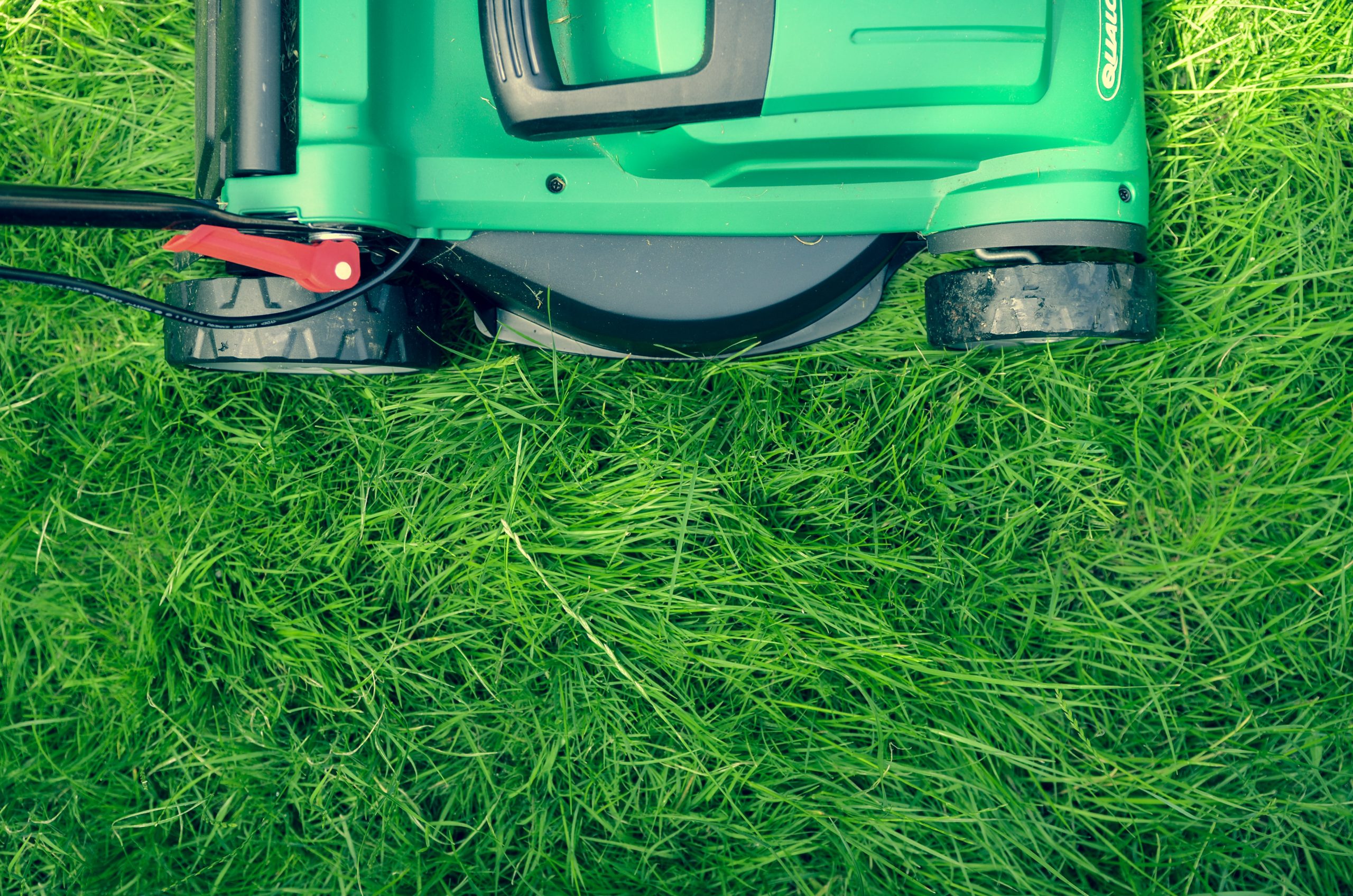
Many of us have grown up with the ideal lawn as a bright green, weed-free and low-growing area of grass; in some instances, this is aesthetically or practically appropriate – perhaps in a country house where the lawn shows off the architecture or in a sport where turf quality is important, however from the point of view of climate change, it is not a great ideal. Firstly, to obtain a lush bright green lawn with no ‘weeds’, artificial fertilisers and weedkillers are required: these are produced in ways that create carbon dioxide – the gas that drives climate change. Secondly, weedkillers do what they say: kill weeds, but these ‘weeds’ are precisely the wildflowers that our dwindling bee and insect populations need for food. Thirdly, to achieve short grass, mowing needs to occur weekly and whilst the majority of lawnmowers are still petrol-powered the carbon footprint of this is high!
What is the solution? This is not easy and it will be for each of us to find our own compromise. In my garden, I have divided the lawns into areas with different mowing regimes. The first is the ‘lawn’: this is mown every two weeks, with no fertilisers or weedkillers. At different times of the year, beautiful low-growing wildflowers such as the blue bugle and the yellow birdsfoot trefoil appear, and they can be left for a week or two extra before they are mown again, they are loved by insects and look very pretty! Weedkillers and fertilisers have never been used, and whilst there are patches of moss in between the grass and wildflowers, there is no problem with this natural coexistence. The second area is the ‘wild meadow’: an intentional area of wildflowers that grows undisturbed from March until mid-August. Here I have sown a mix of native perennials: ox-eye daisies, vetch, wild carrot etc. plus meadow grasses; this not only looks beautiful, attracts insects, but also needs no maintenance for six months. In mid-August the meadow is cut, with a lawnmower (on a high cut), a strimmer or a scythe; from then until the end of the season it is mown fortnightly. The third area is the ‘very wild meadow’. This is an area of lawn in a corner of the garden that has almost no annual maintenance. It is left to grow as a meadow throughout the summer and then is allowed to ‘grow old gracefully’ into the Autumn and Winter with no mowing at all. I have introduced some native plants like ragged robin and devils-bit scabious (an amazing blue autumn-flowering perennial that continues until November!) and it is a real joy to watch the gentle Autumn mood of ageing flowers, drying seed heads and yellowing stalks complete with attendant insects. Admittedly, this area is the most ‘untidy’ so care in positioning it in your garden will be needed, but I am convinced that it is the most biodiverse, has the lowest carbon footprint for maintenance, and offers a possibility to observe the changing seasons close up.
When considering your own lawns, I would suggest the modest experimental approach: try a few small areas first to see how they grow and how you feel about them. If you like what develops then you can increase the size next year; if you don’t, then try something else. Gardening, like nature, is not meant to be a static process, it evolves!
A final thought: when the time comes to upgrade your lawnmower, it is worth considering battery-powered machines. Although every newly-made machine has a carbon footprint, and batteries also have an ethical cost, they are still greener than petrol mowers. For smaller areas I would also recommend a scythe: this wonderful tool has a fourfold advantage: firstly it uses no carbon-based fuel, secondly, it is super-quiet: (no more disturbing your neighbours on a Sunday morning!), thirdly it offers a wonderful physical and meditative workout and fourthly keeps alive an ancient horticultural tradition.
Happy mowing!

